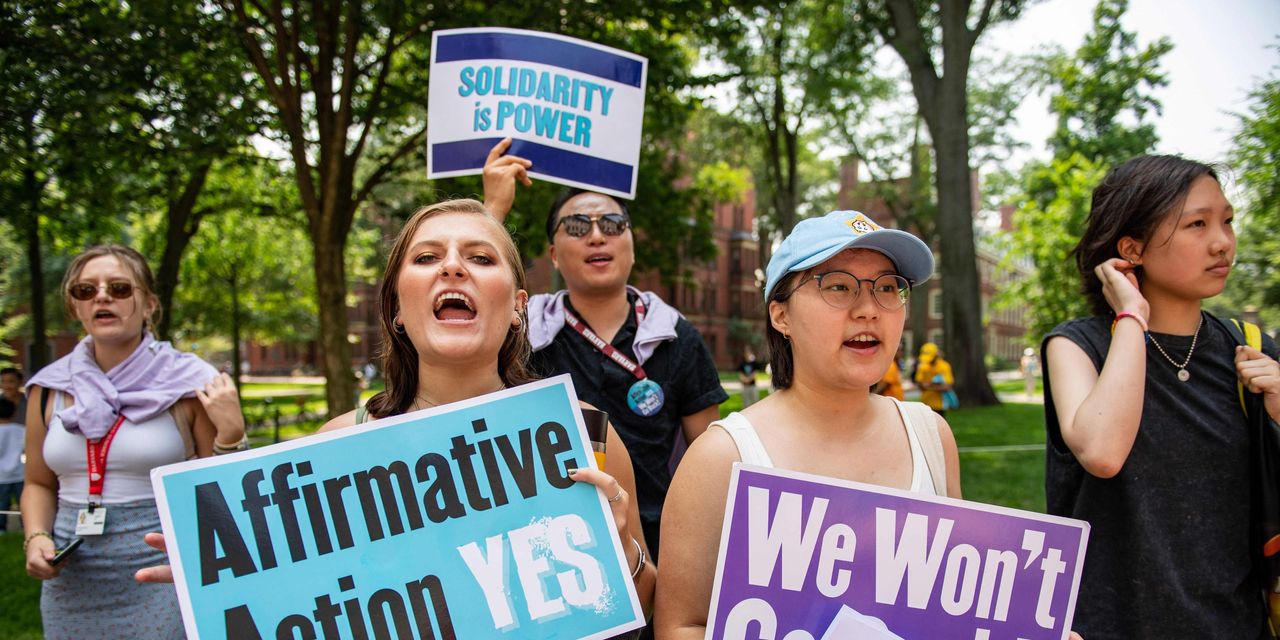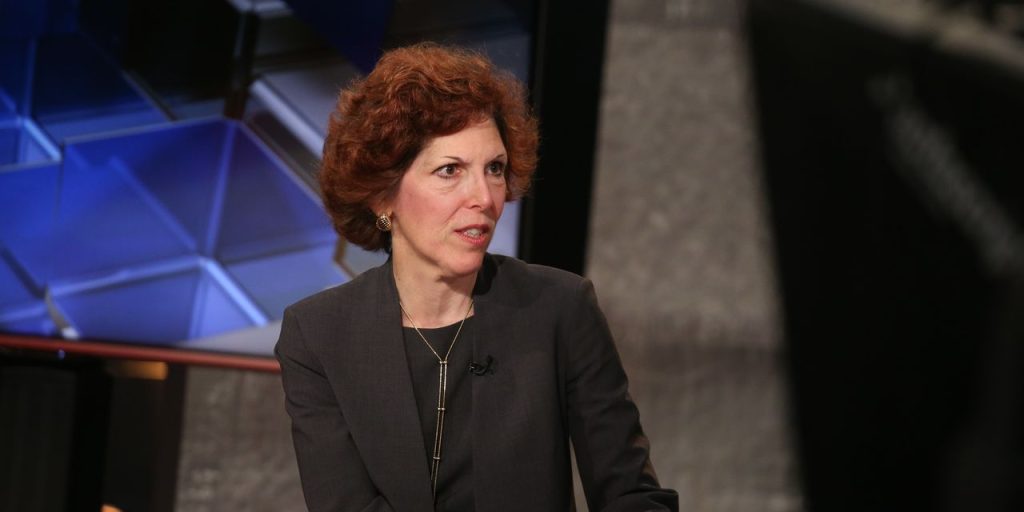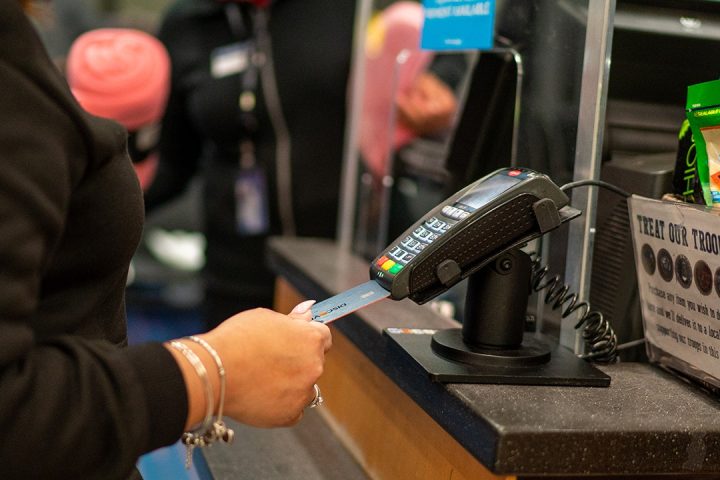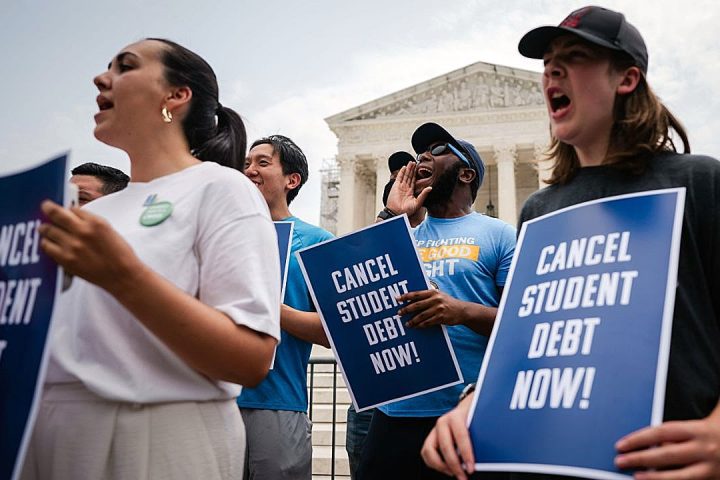It’s college application season, which means that some headlines and kitchen table conversations will be dominated by the odds of getting into a certain school — particularly, as the Supreme Court’s decision knocking down affirmative action has scrambled the admissions calculus for some colleges this year.
But for most students headed to college next fall, the affirmative action decision won’t have an impact. That’s because the bulk of college students attend a school that never considered race when evaluating students for admission even before the Supreme Court decision. In fact, most college students are enrolled at a school that doesn’t use selective admissions criteria overall.
About 30% of students attend a selective four-year school, according to an analysis by researchers at the Brookings Institution, a think tank. Just 15% of Black students and 19% of Hispanic and Latino students attend one of these schools. A smaller share of students overall — just 22% — attended a school that considered race in admissions, according to Brookings. The bulk of college students attend a school where the admissions rate is at least 70%.
In June, the Supreme Court’s conservative majority banned colleges from considering race in admissions. For decades, some of the nation’s most prestigious and well-known colleges used affirmative action as one tool to create more diverse classes. In the wake of the decision, college leaders, policymakers, the media and others have grappled with its implications.
Amid that discussion and coverage, the analysis provides some perspective on the impact on students of the decision, said Sarah Reber, a senior fellow in economic studies at the Brookings Institution, and one of the authors of the analysis.
“In certain discourses there is in general an over-emphasis on very selective colleges compared to the distribution of where students actually attend college,” Reber said.
The decision still matters
Still, Reber said, she doesn’t want to minimize the influence of the court’s decision. For one, the ruling could push colleges that don’t use selective admissions to minimize or curtail race-based recruiting and scholarships. In addition, it is likely to impact the way professional schools enrolling a wide swath of students approach admissions.
Experts also worry that the Supreme Court decision will help to cement the inequality that already exists in higher education. Even before the ruling, Black, Hispanic and low-income students were more concentrated in schools that don’t use selective admissions and are less likely to have the resources necessary to get students through school and into a decent paying job.
At the same time, the small slice of schools that tend to confer economic success and power are disproportionately white and wealthy. It’s these schools that are most likely to be impacted by the ruling and where experts worry the share of Black and Hispanic students may decline.
“Inequality in higher education generally reflects inequality in our society broadly,” said Mark Huelsman, director of policy and advocacy, the Hope Center at Temple University. “Most institutions don’t have extremely high rejection rates and for those institutions it’s important that they are representative of our country,” he said. At the same time, “the institutions that educate most students need far more resources to do it.”
“The Supreme Court decision on affirmative action, while it may only affect a small number of institutions, those institutions clearly have outsized influence on our economy, on our politics, on the decision making that goes into our society,” he added.
Alumni of a handful of very selective institutions that educate less than one half of one percent of Americans account for more than 10% of Fortune 500 CEOs and a quarter of the U.S. Senate. These colleges are also more likely to confer other types of success; students who attend these schools are three times as likely to work at a prestigious employer and roughly 60% more likely to reach the top 1% by the time they’re 33.
The gap in resources available to these schools and the colleges that educate the bulk of the nation’s students probably has a bigger impact on students’ experience than the affirmative action decision, Reber said. “That’s a major issue when you’re thinking about equity in higher education,” she said.
Still, policymakers, the media and others are more likely to focus on what’s going on at these colleges rather than take steps to provide more resources to the colleges where most students attend. For example, lawmakers introduced a bipartisan bill earlier this week that would ban colleges from giving an admissions advantage to applicants whose parents attended their school.
While conversations surrounding these issues are important, policymakers should take them a step further, Huelsman said.
“If there is any benefit to the attention being paid to what the court has done to race-conscious admissions it’s that all of the other practices that put the thumb on the scale for primarily wealthier and a much whiter slice of the population are under scrutiny,” he said. “It would be great to take the next step and think about the lack of resources provided to many other institutions.”
Addressing would take political will, through, for example, launching a federal-state partnership to make community college free. But it’s been difficult to turn those proposals into reality.
“There is something to the fact that most decisionmakers attended schools with a very high rejection rate and may not be as attuned to the resource needs of students attending less well resourced institutions and the institutions themselves,” Huelsman said.
Read the full article here






